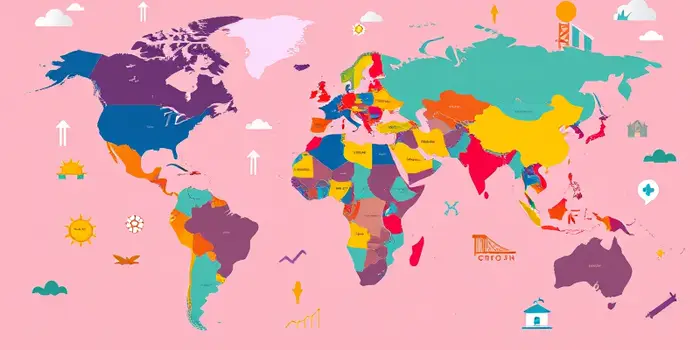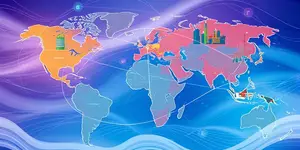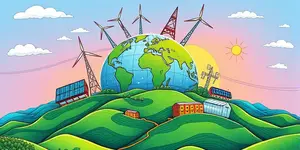
Understanding the dynamics of global GDP helps stakeholders make informed decisions, from investors to policymakers. In 2025, several nations are set to redefine economic momentum, and this article dives deep into the data driving that transformation.
Gross Domestic Product (GDP) measures the monetary value of all goods and services produced within a country over a given period. Real GDP growth adjusted for inflation provides a reliable signal of underlying economic health.
This metric combines private consumption, investment, government spending, and net exports to paint a full picture. As a primary indicator of economic strength, real GDP growth guides policy, investment, and international comparisons.
The International Monetary Fund projects a world average GDP growth of 3.2% in 2025, contrasting with a subdued global performance of 2.3%, the weakest since the 2008 crisis. This divergence highlights regions and nations that are outpacing the global trend and emerging as engines of growth.
Africa dominates the top spots, fueled by resource expansion and post-conflict rebounds. Twelve of the top twenty fastest-growing economies are on the continent, benefiting from a favorable base effect and low initial per capita output.
The following forces underpin the extraordinary GDP growth forecasts for 2025:
Additionally, tourism rebounds power small states such as Palau and Macao SAR, while service and manufacturing diversification maintain momentum in economies like India.
Despite optimistic projections, several factors could derail rapid growth:
Furthermore, low GDP per capita means that even high-growth nations can remain vulnerable to poverty and unequal wealth distribution. Ensuring that growth translates into broad-based prosperity remains a critical challenge.
High GDP growth rates are impressive, but policymakers must focus on how gains affect individuals. GDP per capita as a measure of living standards reveals that many rapidly expanding economies still rank among the world’s poorest.
Effective strategies include investing in education, healthcare, and infrastructure to ensure that economic gains reach all segments of society. Prioritizing sustainable resource management can also protect these gains against future shocks.
As we look ahead, the fastest-growing economies of 2025 offer lessons in opportunity and caution. Resource-rich nations demonstrate how natural wealth can accelerate development, while diversified economies highlight the importance of balanced growth strategies.
For investors and policymakers alike, understanding these dynamics is essential. By recognizing key drivers and risks, stakeholders can better position themselves to harness growth, foster stability, and build a more prosperous future for all.
References













